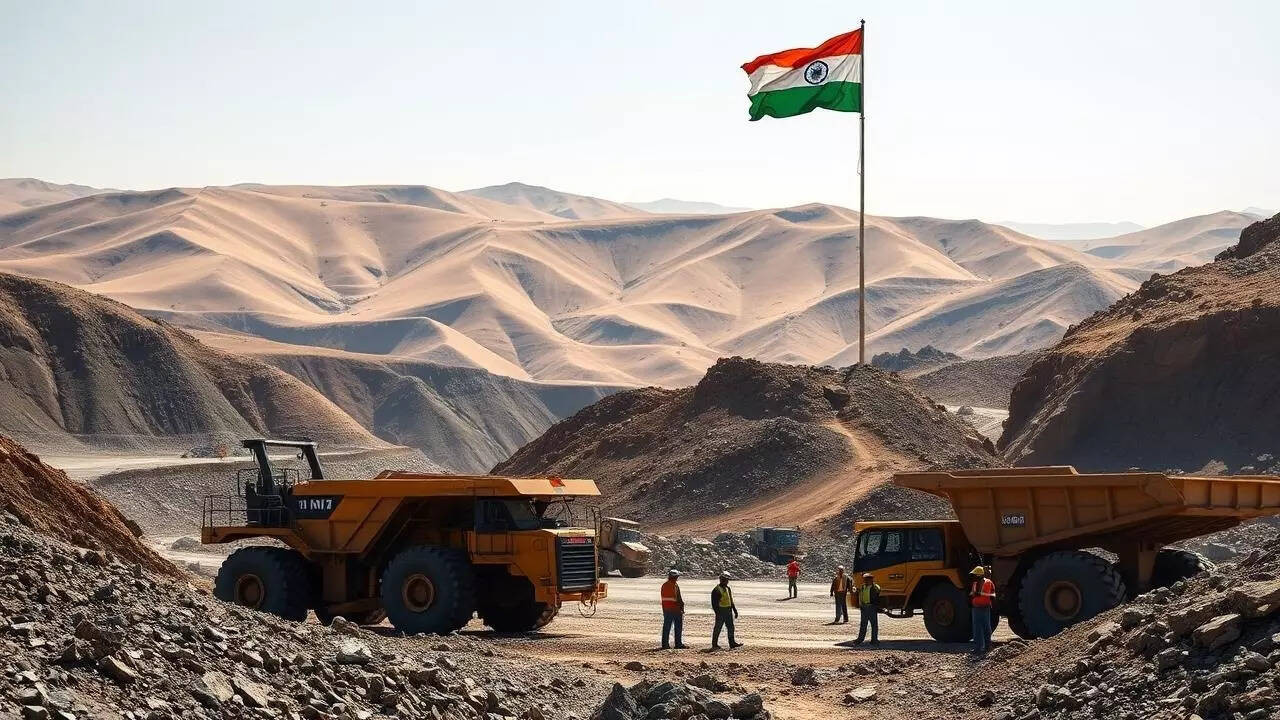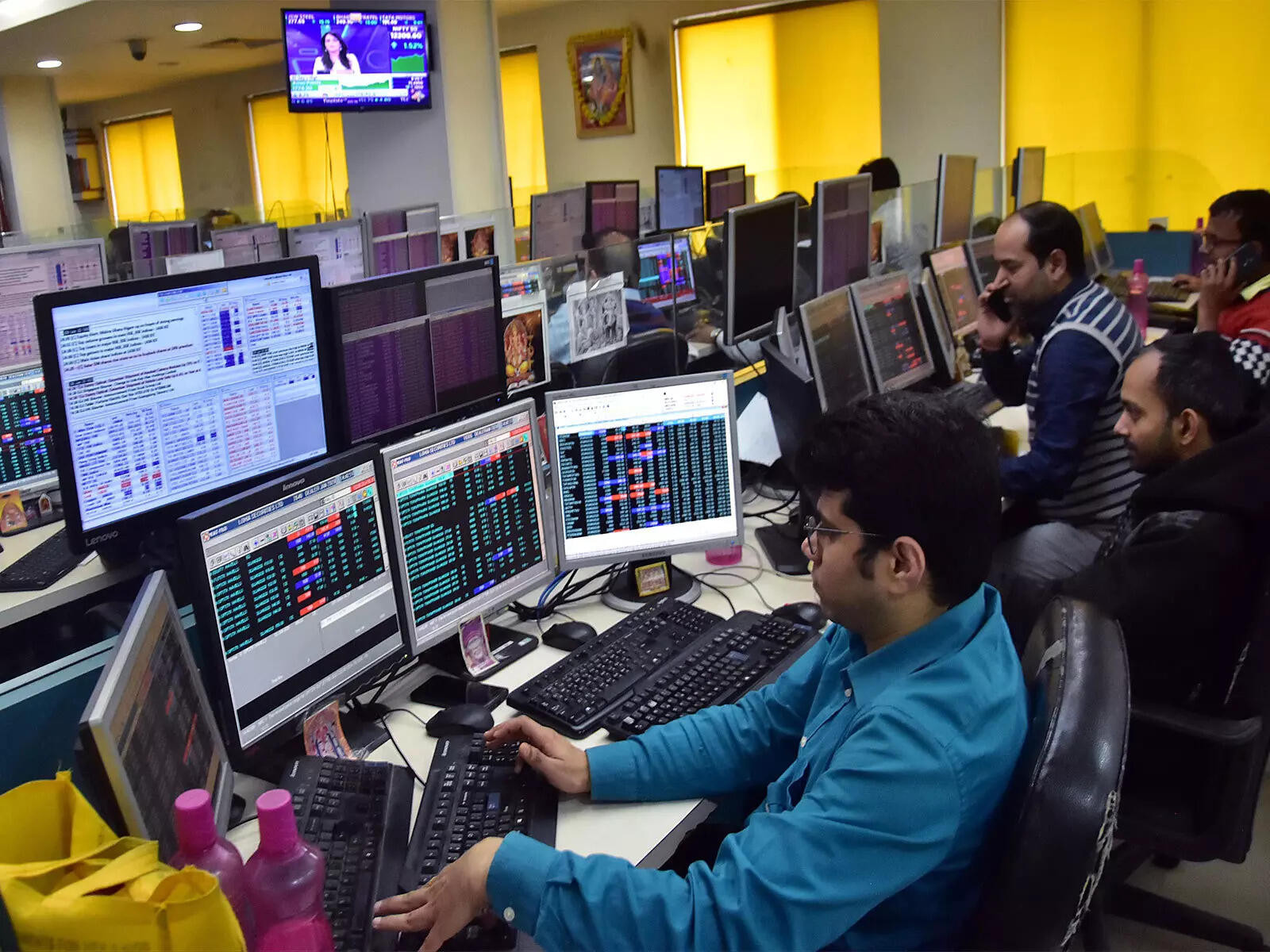The government is set to seek parliamentary approval for amendments to mining laws, potentially as early as Monday. These changes aim to enable state funding for acquiring critical mineral assets overseas, utilizing the National Mineral Exploration Trust’s ₹6,000 crore corpus.
Securing India’s Future: How Critical Minerals Mining Laws are Evolving
The world hums with a new urgency, powered by electric vehicles, sophisticated electronics, and a growing reliance on renewable energy. But this technological revolution hinges on something often overlooked: critical minerals. These elements, essential for everything from smartphones to solar panels, are not always readily available, and their supply chains are often concentrated in a few regions. Recognizing this, India is taking proactive steps to safeguard its economic future by bolstering its access to these vital resources.
For India, ensuring a stable supply of critical minerals is no longer just a matter of economic prudence; it’s a strategic imperative. Think of it like this: you wouldn’t build a magnificent house without securing a foundation, would you? Similarly, India’s ambitious growth plans, particularly in manufacturing and clean energy, require a solid foundation of readily available resources. This understanding is driving significant changes to the nation’s mining laws, designed to unlock domestic potential and secure overseas assets.
Revamping Mining Laws for a Resource-Secure Future
The government is actively considering amendments to existing mining legislation to encourage exploration and extraction of critical minerals within India. Imagine the possibilities: untapped reserves waiting to be discovered and harnessed, creating jobs, stimulating economic activity, and reducing reliance on volatile global markets. The proposed changes aim to streamline the regulatory process, making it easier for both domestic and international companies to participate in exploration and mining activities. This isn’t just about digging in the ground; it’s about fostering innovation, attracting investment, and building a thriving ecosystem around critical minerals.

One of the most significant shifts involves allowing state-owned enterprises to invest in and acquire mineral assets abroad. This bold move signals a willingness to play a more active role in the global resource landscape. It’s like having a seat at the table, ensuring that India has a voice in shaping the future of critical mineral supply chains. Furthermore, it provides a mechanism to diversify sourcing, reducing dependence on any single nation or region.
Investing in Overseas Assets: A Strategic Masterstroke
Why the focus on overseas assets? The reality is that some critical minerals are simply not found in abundance within India. By strategically investing in mining projects in other countries, India can secure long-term access to these essential resources. This isn’t just about buying minerals; it’s about forging partnerships, transferring technology, and building mutually beneficial relationships with resource-rich nations.
This proactive approach acknowledges the global nature of the critical mineral supply chain. It’s a recognition that securing India’s future requires looking beyond its borders and engaging actively in the international market. Think of it as building bridges, connecting India to vital resources and creating a more resilient and diversified supply chain.
The Push for Self-Reliance: Atmanirbhar Bharat and Critical Minerals
This push to secure critical minerals aligns perfectly with the “Atmanirbhar Bharat” (Self-Reliant India) initiative. By strengthening its domestic capabilities and diversifying its sources, India aims to become less vulnerable to global supply chain disruptions. This isn’t about isolationism; it’s about building a strong and resilient economy that can withstand external shocks. Securing critical minerals mining within India and abroad is a critical part of this vision.
The changes in mining laws are not just about securing resources; they are also about promoting sustainable and responsible mining practices. The government is committed to ensuring that mining activities are conducted in an environmentally sound manner, minimizing their impact on local communities and ecosystems. This commitment to sustainability is essential for building a long-term, responsible mining sector. Related to sustainability, consider the government’s push for green hydrogen production, which also relies heavily on critical minerals.
The Road Ahead: Challenges and Opportunities
While these initiatives are promising, significant challenges remain. Exploration and development of mineral resources require substantial investment, advanced technology, and a skilled workforce. Overcoming these hurdles will require collaboration between government, industry, and academia.
However, the opportunities are immense. By successfully implementing these reforms, India can unlock its domestic mineral potential, secure access to global resources, and build a thriving manufacturing and clean energy sector. This will not only boost economic growth but also enhance India’s strategic importance in the world.
India’s move to amend mining laws and strategically invest in overseas assets highlights a forward-thinking approach to securing the resources that will power its future. It’s a clear signal that the nation is committed to building a self-reliant and resilient economy, capable of thriving in a rapidly changing world. The journey won’t be easy, but the potential rewards are immense – a secure, sustainable, and prosperous future for India.







